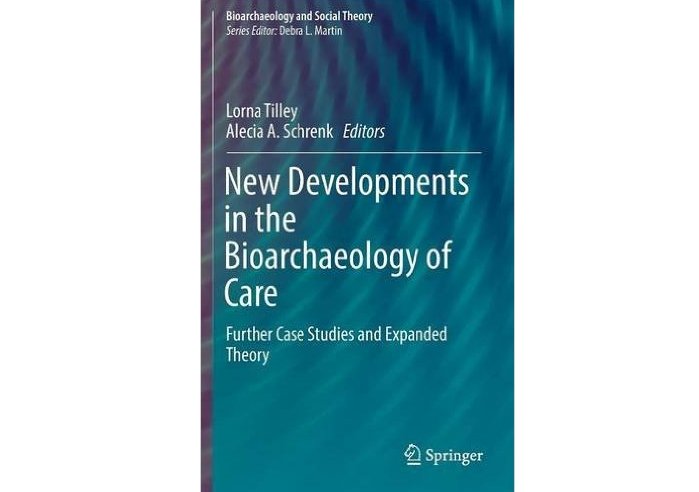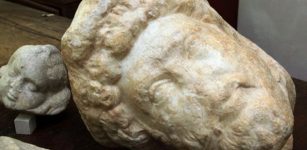Skeleton Of Medieval Giant Woman Discovered In Poland – Now Examined
MessageToEagle.com – In 1977, archaeologists discovered a skeleton of a Medieval giant woman outside the church of the Ostrów Lednicki in Poland.
The woman was 7-foot-2-inches (2.155 meters) and had an oversized head. She died at a young age and and suffered from traumatic injuries and disease.
Now, scientists have examined the skeleton of the Medieval giantess and can offer more information about her life.
In the book New Developments in the Bioarchaeology of Care, archaeologists Magdalena Matczak and Tomasz Kozlowski present the results of the scientific studies and attempt to recreate the life of the Medieval female giant.
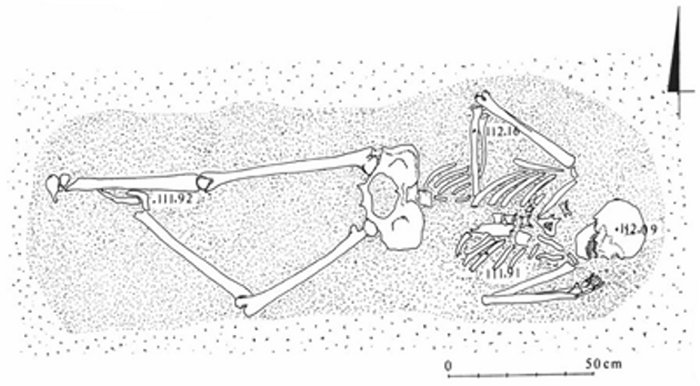
Ostrów Lednicki is an important early medieval archaeological site located 36 km from Poznan and about 18 km from Gniezno.
The remains of Ostrów Tumski are located on a lake island a half-hour drive away from Poznan and include the palace, a church and fortifications. The island has been inhabited since the late Stone Age. The ancient ruins are shrouded in myths and legends. One intriguing ancient story tell about an unknown king who rests together with his knights at the bottom of the lake.
New Developments in the Bioarchaeology of Care evaluates, refines and expands existing concepts and practices in the developing field of bioarchaeological research into health-related care provision in the past.
Evidence in human remains that indicates an individual survived with, or following, a serious pathology suggests this person most likely received some form of care from others. This observation was first made half a century ago, but it is only in the last five years that health-related caregiving has been accepted as a topic for bioarchaeology research. In this time, interest has grown exponentially. A focus on care provides a dynamic framework for examining the experiences of disease and disability in the past – at the level of the individual receiving care, and that of the community providing it. When caregiving can be identified in the archaeological record, bioarchaeologists may be able to offer unique insights into aspects of past lifeways.
This volume represents the work of an international, diverse, cross-disciplinary group of contributors, each bringing their own particular focus, style and expertise to analyzing past health-related care. Nineteen chapters offer content that ranges from an introduction to the basic ‘bioarchaeology of care’ approach, through original case studies of care provision, to new theoretical perspectives in this emerging area of scholarship. This book creates a synergy that challenges our thinking about past health-related care behaviors and about the implications of these behaviors for understanding the social environment in which they took place. Read more
The cemetery at the medieval church of the Ostrów Lednicki was initially used as resting place for the wealthiest people, often connected with Boleslaw the Brave, the King of Poland in the early 11th century, and with the local Piast ruling dynasty.
Later, in the 12th century the situation changed and the cemetery was used by the middle and lower class.
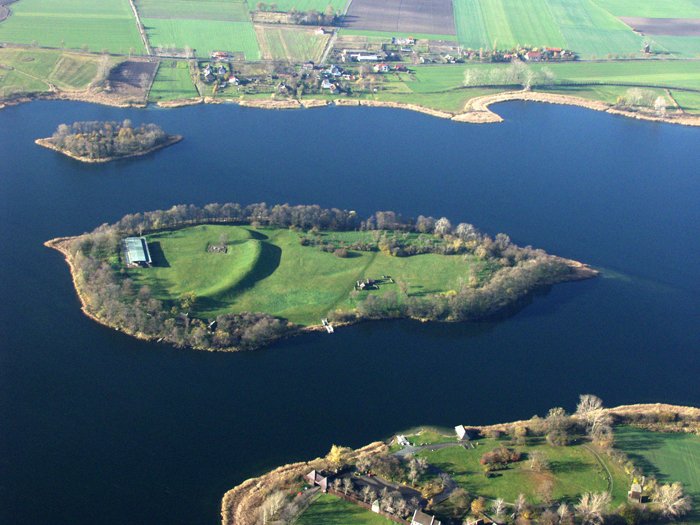
The giant woman discovered by archaeologists was a member of the lower class and she certainly did not receive a proper burial. She was tossed into the grave and her arms and legs sprawled in all directions.
While all other burials in the cemetery were made with the head facing west, this woman’s head was facing in the opposite direction.
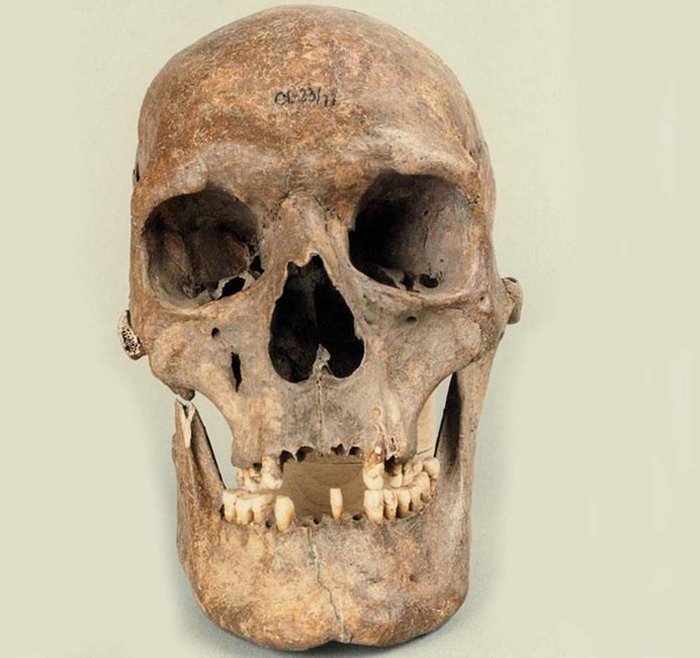
“’The unusual burial orientation, disposal of the body without care, and lack of grave goods may indicate that this woman belonged to a lower social stratum,” Magdalena Matczak said.
Based on what researchers know, the woman died in her late 20s. She suffered from gigantism, a condition caused by an over-production of growth hormone from the pituitary gland.
See also:
The Giant Of Illinois: Robert Pershing Wadlow Was The World’s Tallest Man
Chang Woo Gow – The Kind And Intelligent Chinese Giant
9,000-Year-Old Shaman’s Sanctuary Discovered In North-Western Poland
Biskupin: A 2,700-Year-Old Defensive Settlement Of Lusatian Settlers In Poland
She also suffered from acromegaly, a condition that makes the bones of the head particularly large. Sometime during her lifetime she broke an arm and leg. This could have happened because she had weak bones.
According to bioarchaeologists Judyta Julia Gładykowska-Rzeczycka, Anna Wrzesińska, and Anna Sokół, examination of the woman’s spine revealed evidence of degenerative joint disease, which was probably a result of her height and body weight.
Based on what we know today, write the Polish experts it is also reasonable to assume that the woman also suffered from anxiety, anger, mood swings and mental disorders.
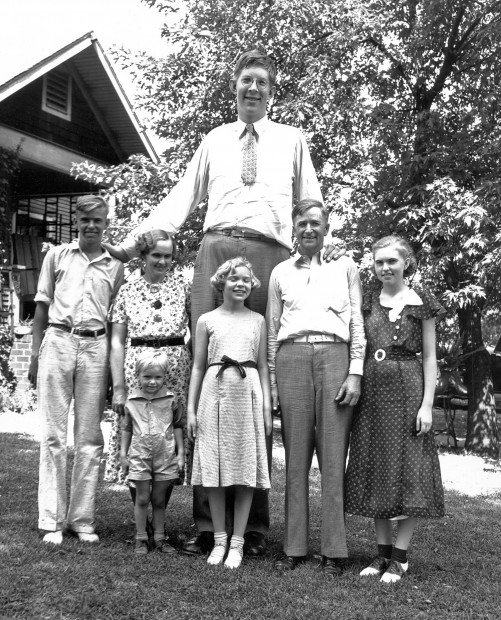
Life must have been very difficult for the poor woman, but she wasn’t an outcast and there were people who cared about her.
The fracture on her leg had healed completely thanks to medical help she received from someone.
People with gigantism are well-known throughout history. Robert Pershing Wadlow, also known as the Giant of Illinois was the tallest man who ever lived. Another person worth mentioning is Chang Woo Gow, the kind and intelligent Chinese giant who first began showing himself in London around 1865.
Chang Woo Gow was not the tallest in his family, however, for one sister measured eight feet four inches.
MessageToEagle.com
Expand for references
